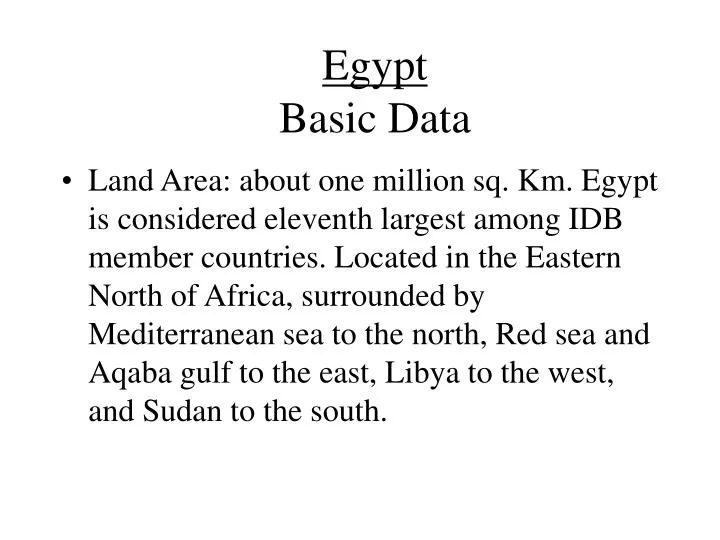
Every variable, literal, constant, enumeration, property, procedure parameter, procedure argument, and procedure return value has a data type. Data sets can be of various types and it is important to understand what type of data youre dealing with before moving on to its analysis.
BASIC DATA SOFTWARE
The software can also control our Programmable stimulator modules, requires 73-0224 Software module for PSM control and the necessary PSM hardware. Data types apply to all values that can be stored in computer memory or participate in the evaluation of an expression. heart rate or respiration rate, depending on what is measured.Īdditional available software modules: 73-2706 Non-pulsatile mean, for non-pulsatile signals The EBD is the core dataset for accessing all raw eBird observations and associated metadata.Data reduction tools are included. Export of data to any statistc package are possible.įor each acquired signal you can calculate the following parameters over a user-defined window (.e.g 2 or 4 seconds): Choose from possible parameters to evaluate and display.ĭuring data acquisition, all acquired signals and derived parameters are displayed on screen.Choose available signals to acquire and display. Understanding basic data types in R logical (e.g., TRUE, FALSE ) integer (e.g, 2L, as.integer(3)) numeric (real or decimal) (e.g, 2, 2.0, pi) complex (e.g. This website uses cookies to improve your experience while you navigate through the website.This course covers the fundamentals of computer operations, hardware function, configuration, and best practices.

The arrangement of the graphic detail (raw signals) and trend (calculated parameters) is defined in the menu. User defined parameters can be created by formulas. Basic Data Recovery and Acquisition (BDRA). These four data types will typically have different. The sample rate, the type of signals and the algorithm used for analysis are also defined by the user. Not to oversimplify, but there are four basic data types in C++: booleans, integers, floats and strings. Essential things to look for in a table or graph. The assignment of the signals to the individual channels is determined in the menu by the user. Learning to identify and use data could be a key part of your degree, depending on your subject. up to 16 different raw signals can be handled. It can also be used as ECG /EMG/EEG monitoring software or to monitor vital signals from different instruments e.g capnographs, and other amplifiers.īDAS software can acquire a maximum of 8 or 16 channels (depending on hardware used 73-3330, 73-4817, 73-4818 , i.e. make deductions, implications and reasons for any significant features as long as it is supported by cited researchĪdapted from: McCormack, J and Slaght, J.BDAS software is an easy data acquisition software for measuring relatively slow moving signals where only a mean value is of interest such as temperature, pH, pO2, pCO2, pK+, mean flow, mean pressure, and smooth muscle contraction.contrast your data against measured research with similar aims to explain the anomalies A data set is comprised of variables each individual data pointthe thing that is measured or countedis a variable.discuss reasons for singular anomalies that don't fit into patterns 1 day ago &0183 &32 Basic of Inserting Data into a SQL Server Table.


write about any trends and clusters of data or grouping of similar values and how they compare to each other – you can compare and contrast aspects of your data to define significant features.introduce the general subject of the data, main trend and any obvious features, including the range of data.To programmatically determine which file system a BDP contains, Microsoft specifies that one should inspect the BIOS Parameter Block that is contained in the BDPs Volume Boot Record. There are different ways to structure your data commentary in your assignments, but you could: A basic data partition can be formatted with any file system, although most commonly BDPs are formatted with the NTFS, exFAT, or FAT32 file systems. Limit the tables and graphs you include in your assignment and focus on presenting the significant data relevant to your study. You can use figures, tables and charts to explain your results or the research of others.


 0 kommentar(er)
0 kommentar(er)
